IoT in Smart Farming – Modernizing Poultry Farming with Connected Devices
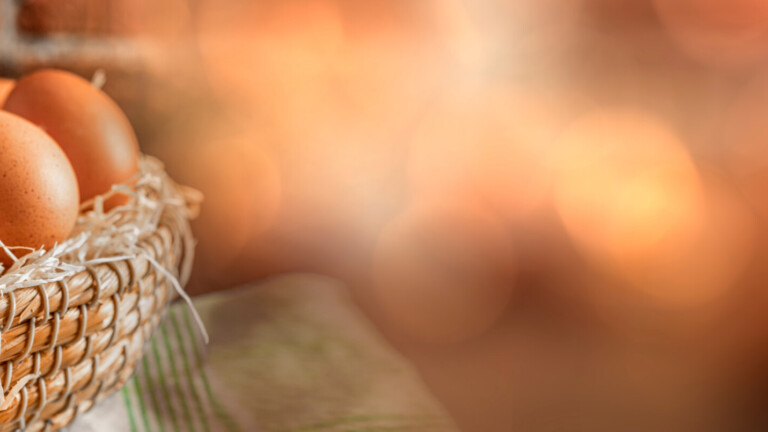
The agricultural industry is in a constant state of evolution, and while it is no surprise that there is a place for IoT in smart farming, the depth to which connected devices are improving modern farming is astounding.
Poultry farming, for example, is an industry that has consistently leaned into technological solutions to improve operational efficiency. With the global chicken market expected to eclipse a valuation of USD $207 billion by 2027, poultry farmers are always looking to maximize their output – and IoT has emerged as a key tool in that continued growth.
Let’s look at a few ways that poultry farmers are utilizing IoT in smart farming.
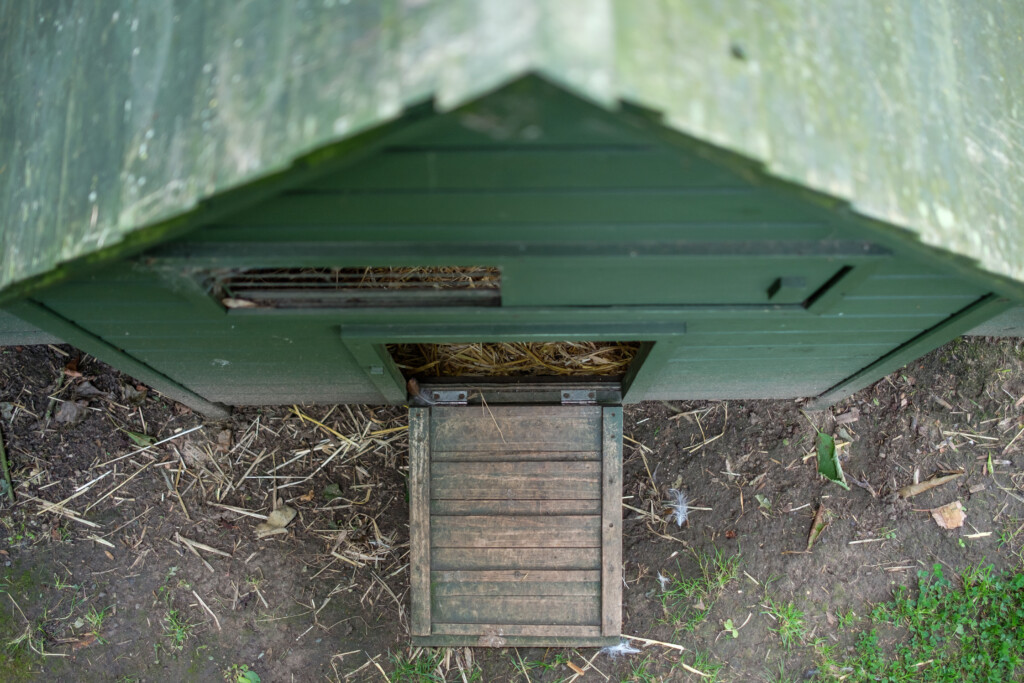
Coop Ventilation Can Optimize Smart Farming
Chicken coops and enclosures are an essential part of grow operations and the proper ventilation of them is essential for the health and safety of not only the birds but the local environment as well. Ammonia is created when poultry manure breaks down, and though relatively harmless in small doses, can have dramatic effects on the health and productivity of the birds should enough be allowed to accumulate.
Carbon dioxide and methane are two other gasses commonly produced in chicken coops, and much like ammonia, their build-up can negatively impact both the chickens themselves and the surrounding environment. Methane, in particular, is dangerous when amassed in a confined space, as it is highly flammable and combustible,
As such, deploying atmospheric sensors to better monitor the levels of noxious gases within these enclosures has become common practice. Many modern smart farms take it one step further by automating their ventilation systems with AI that can use this data to better regulate the production environment.
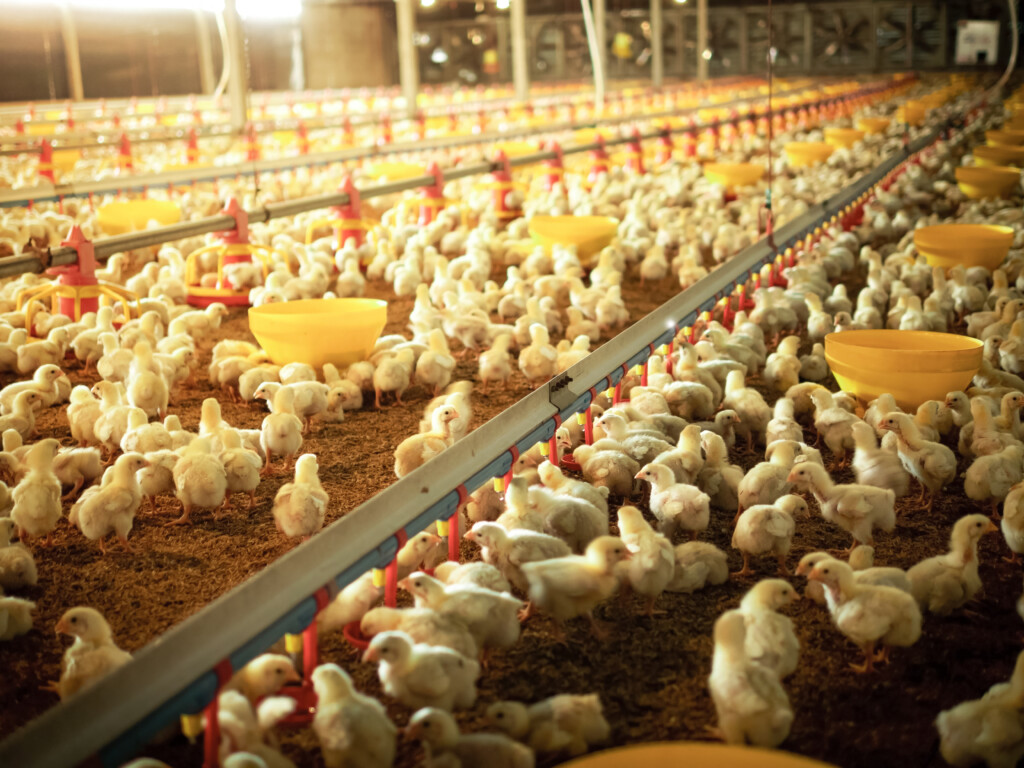
Tracking Heat and Relative Humidity Results in Higher Yield
The temperature and humidity of the growing environment are two of the main factors that impact poultry productivity. High temperatures and humidity can create stress on birds, impacting their ability to grow and produce eggs. An environment that is too warm can result in smaller hens and eggs with thinner shells, among other potential issues.
This is another area in which environmental sensors controlled by an AI can help mitigate risk by comparing environmental and performance data. In this regard, these solutions can effectively be used to regulate any number of environmental factors within a growing enclosure – effectively automating some of the more rote and repetitive maintenance tasks required in poultry farming.
“Rather than having to program and tell the controls how it needs to run, we simply have to input our set points and the system is able to learn on its own by testing and learning how each fan inlet and each heater affects the temperature and humidity inside the room,” Erik Longtin, sales director, Agrimesh Technologies, told Watt Poultry.
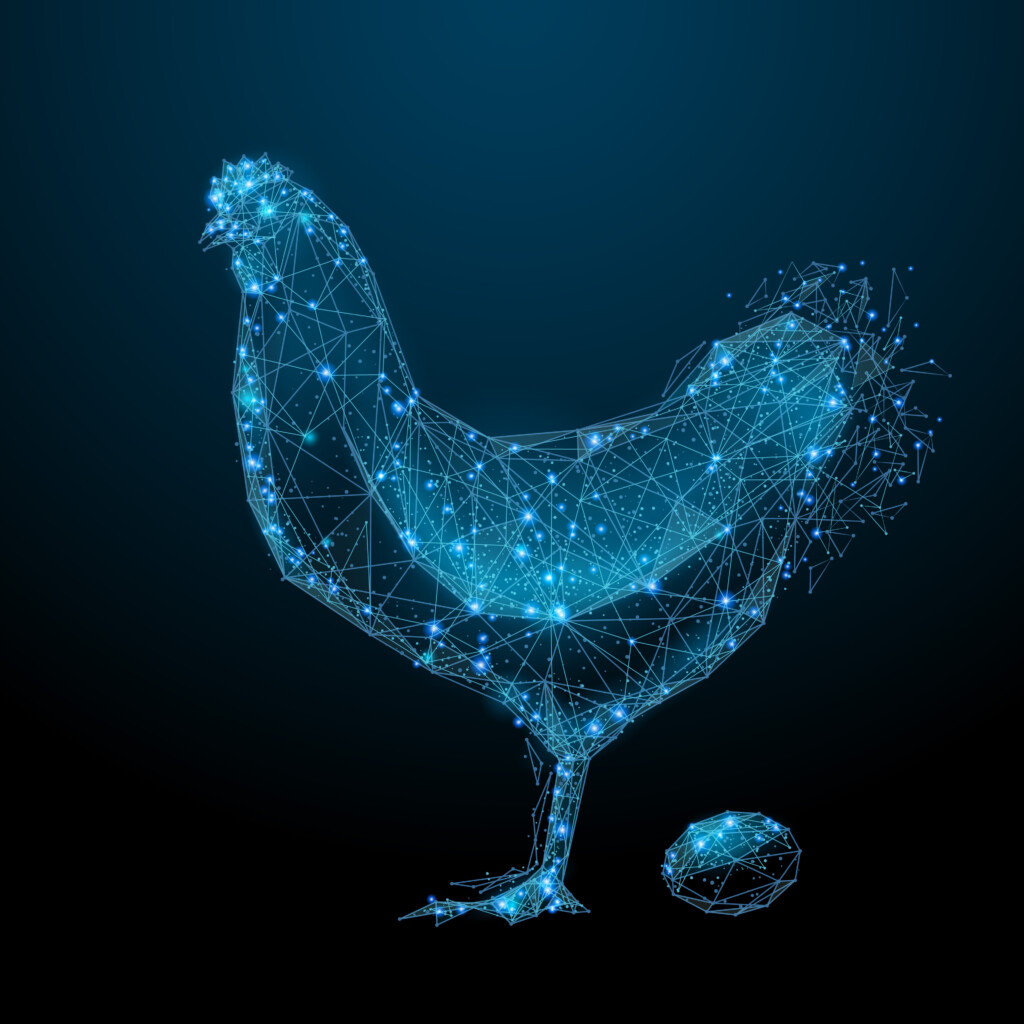
GPS Technologies Enable Real-Time Asset Tracking
The merits of GPS tracking are well known to the smart farming industry as a means of monitoring wayward equipment, yet can also be deployed to monitor the production and lifecycle of poultry.
Beyond ensuring a true farm-to-table experience, tracking chickens with GPS allows farmers to monitor every aspect of a chicken’s lifecycle, recording everything from breeding bases, to processing facilities, and collecting that data to help optimize the raising process. This can help breeders trace the roots of a viral outbreak or pinpoint contamination to a particular feeding pen, resulting in a safer flock altogether.
This is all without touching on the benefits of asset tracking on a supply chain. Transportation of the final product is an essential part of any smart poultry operation, and suppliers and distributors would do well to know where their shipments are at each stage of their journey. This can both ensure more efficient deliveries and help retrieve misplaced loads when things go awry.
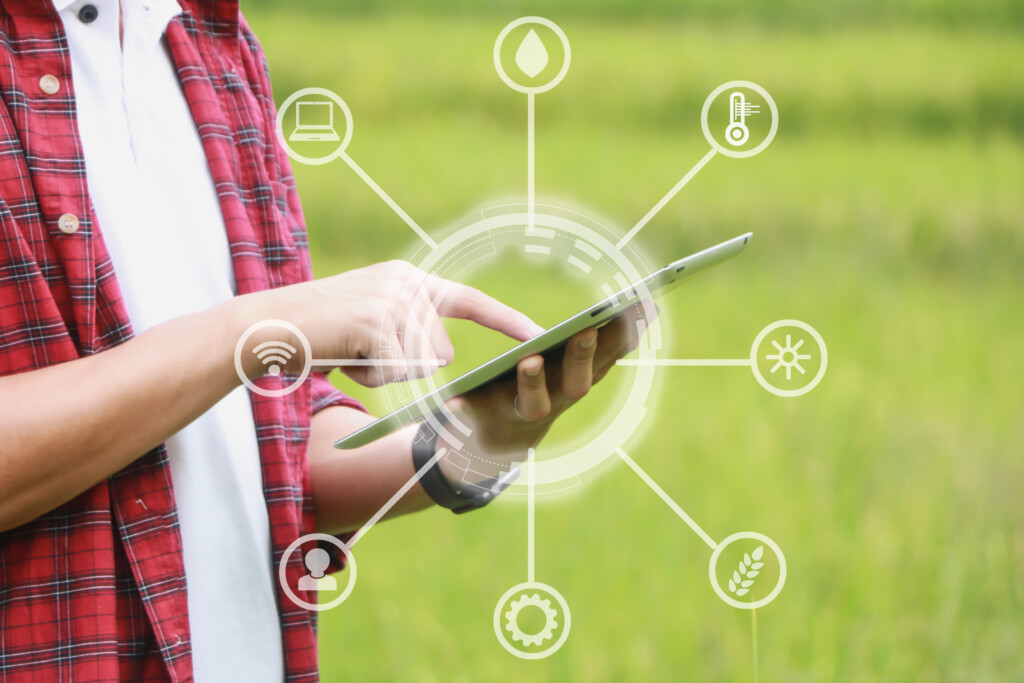
The Importance of Connectivity in Smart Farming
However you chose to deploy IoT devices into your smart farming operation, strong and secure connectivity is a must. When selecting a connectivity partner, it’s important to consider the full scope of your project to recognize what it is you need from your service provider.
Will you need to remotely access your devices? Have you considered adding virtual private networking to your system architecture? Will you require multiple connectivity technologies to cover your entire deployment?
Soracom is a full-service connectivity solution provider that can help support your IoT deployments, whatever they may require. Whether you need protocol conversion through Soracom Beam or private connection to your cloud through Soracom Canal
………………
Got a question for Soracom? Whether you’re an existing customer, interested in learning more about our product and services, or want to learn about our Partner program – we’d love to hear from you!





